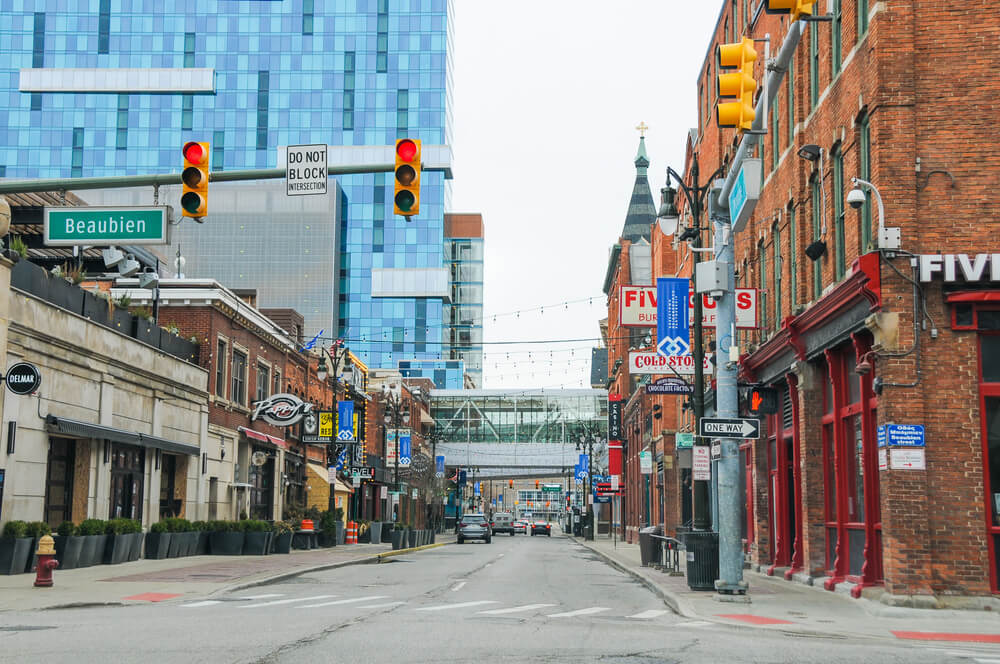On July 18, 2013, the city of Detroit, Michigan, filed for bankruptcy, becoming the largest U.S. municipal bankruptcy ever at $18.8 billion.
While America has seen a number of bankruptcies, the city of Detroit is the largest on to file for Chapter 9 Bankruptcy. The city’s debt also surpasses other bankruptcy filings from 2012 in San Bernardino, California, and Harrisburg, Pennsylvania.
Detroit’s debt is vast, with the list of the city’s creditors rising to over 100,000. The fiscal woes are attributed in part by “obligations backed by enterprise revenue” as well as post-employment benefits owed to retired workers.
Detroit’s problems are accredited as well to the lost income based on population. While Detroit’s population had peaked at close to 1.8 million people in the 1950s, its July 2013 population was reported at 700,000 residents. The city estimates that approximately 78,000 abandoned structures exist within the city limits.
The decline of Detroit’s auto industry and the rise of gas prices also detrimentally impacted jobs and municipal income based on taxes. The Detroit Free Press reports in their exposé “How Detroit Went Broke” that decades of financial mismanagement and corruption from city employees and government only added to the inevitable bankruptcy.
Detroit has a colorful past, from Motown Records to the auto industry and the riots of 1967, and everything in-between. Now a dark time in Detroit’s history has set a record for the entire country as the most mismanaged and broke city in the United States. Still today, the heartbeat of America goes on inside Detroit as it moves through the bankruptcy proceedings and creates its next chapter in history.

